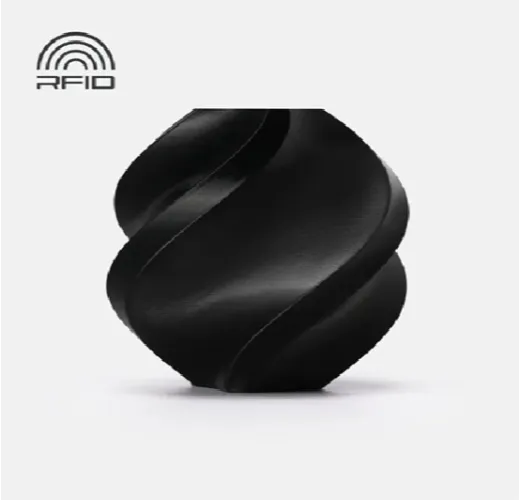
Bambu Lab TPU for AMS 3D Printing Filament

Bambu Lab TPU for AMS 3D Printing Filament
-
Shore Hardness: 68D – Significantly harder than typical TPU (~95A), offering stiffness closer to PLA, while retaining some flexibility.
-
Design Focus: Created to overcome the jamming and feeding issues that common TPUs face in the AMS path.
-
Speed Boost: Allows up to 60% faster printing compared to TPU 95A HF—max speeds up to 238 mm/s and volumetric flow rate up to 18 mm³/s.
-
RFID Integration: Comes with RFID-tagged spool for automatic parameter configuration within the AMS ecosystem.
₱1,899.00
Bambu Lab TPU for AMS 3D Printing Filament

Bambu Lab TPU for AMS 3D Printing Filament
-
Shore Hardness: 68D – Significantly harder than typical TPU (~95A), offering stiffness closer to PLA, while retaining some flexibility.
-
Design Focus: Created to overcome the jamming and feeding issues that common TPUs face in the AMS path.
-
Speed Boost: Allows up to 60% faster printing compared to TPU 95A HF—max speeds up to 238 mm/s and volumetric flow rate up to 18 mm³/s.
-
RFID Integration: Comes with RFID-tagged spool for automatic parameter configuration within the AMS ecosystem.
₱1,899.00
Bambu Lab TPU for AMS 3D Printing Filament
Printing Recommendations
-
Drying is Crucial: Dry filament at 70 °C for 8 hours (blast oven), or 80–90 °C for 12 hours on an X1 heatbed. Store with desiccant in sealed containers to prevent moisture-induced stringing and adhesion issues.
-
Hardware Guidelines:
-
Use hardened or stainless steel nozzles of 0.4 mm or larger.
-
Avoid 0.2 mm nozzles, which are incompatible due to the filament’s stiffness.
-
-
Bed Temperatures: 30–35 °C on smooth or textured PEI surfaces with glue stick application.
-
Tweak Elasticity: Reduce wall loops and infill density to enhance flexibility; increasing them makes prints stiffer.
